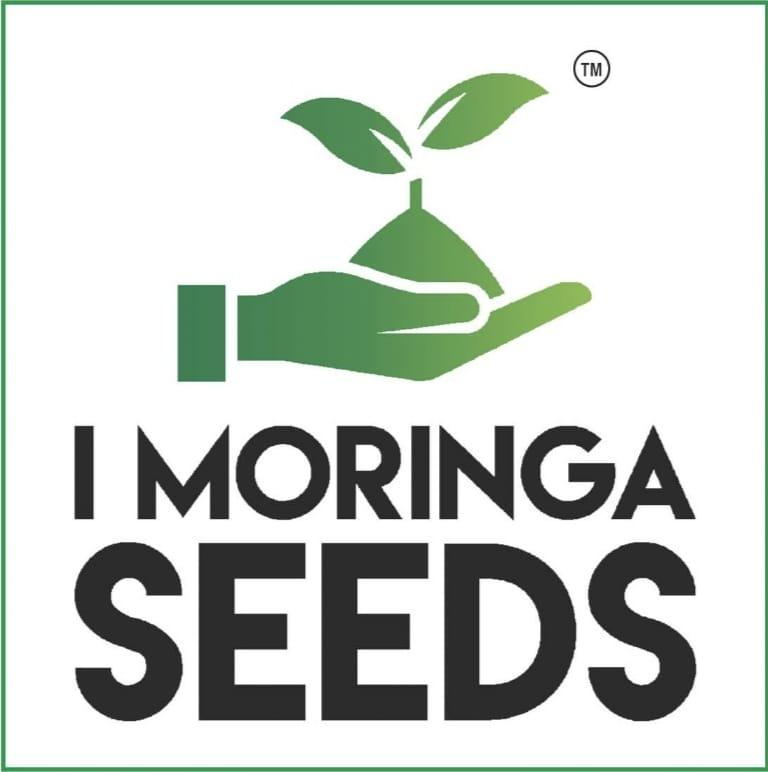Local Aravai Type Moringa Variety – Farming Method
1. Variety Overview
- The Local Aravai type moringa variety is a region-specific drumstick variety grown in certain parts of Tamil Nadu.
- Known for its adaptability to local soil and climate, high nutritional value, and good taste.
- Preferred in domestic markets and for home consumption.
2. Propagation
- Propagation is usually by seeds, though cuttings can be used for uniformity.
- Seeds should be sourced from healthy, disease-free plants.
3. Land Preparation & Sowing
- Choose well-drained sandy loam or red soil.
- Dig pits of 45×45×45 cm and fill with topsoil mixed with 5–10 kg compost/manure.
- Spacing: 2.5×2.5 m for seed propagation; 3×3 m for cuttings.
4. Irrigation & Fertilization
- Irrigate once every 7–10 days in dry periods; avoid waterlogging.
- Drip irrigation is preferred for water efficiency.
- Apply compost or farmyard manure at planting, and again before flowering.
- Organic sprays like panchagavya or neem oil can enhance growth and pest resistance.
5. Pinching & Pruning
- Pinch the terminal buds when plants reach 70–80 cm height to promote branching.
- Annual pruning after harvest encourages fresh vegetative growth.
6. Pest & Disease Management
- Common pests: hairy caterpillar, pod fly, and aphids.
- Control by using neem seed kernel extract or other organic pest control methods.
- Maintain clean fields and avoid water stagnation to reduce disease risk.
7. Harvesting & Yield
- Pods are ready for harvest 6–8 months after planting.
- Yield can range from 15–25 tonnes/ha/year depending on management practices.
- Pods are tender, with good market acceptance in local markets.
| weight | 500gms, 1kg |
|---|

